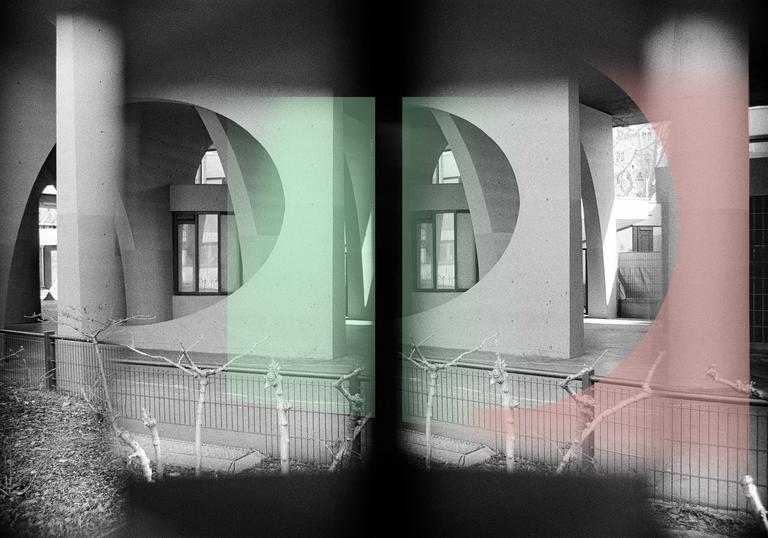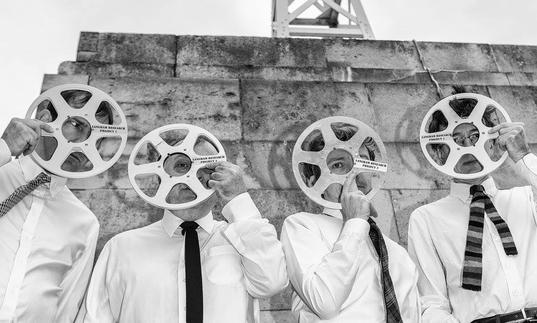
Programme and performers
Langham Research Centre x Photolanguage A Return to Spatial Features
Gabriel Prokofiev Field recording of Lili Boulanger's environs
Lili Boulanger II. 'D'un Jardin clair' from Trois Morceaux pour Piano
Ian Rawes Field recording of Kew Gardens Conservatory
Kaikhosru Sorabji I. 'In the Hothouse' from Two Piano Pieces
Kate Carr Bricklayers Arms roundabout, Bermondsey
Nabil Benabdeljalil Recordings of Nabil Benabdeljalil singing
Nabil Benabdeljalil Nocturne No 6, Imsfrane Cathedral in the Middle Atlas
Silas Eziehi/Fourchiefs Media Field recordings from Igboland (Enugu, Delta)
Christian Onyeji Ufie, Igbo dance (III)
Cedrik Fermont x Ligeti Quartet Ersatz (world premiere)
Cassandra Miller 'Swainson's Thrush' from Warblework
John Luther Adams 'Maclaren Summit' and 'Looking Toward Hope' from The Wind in High Places
Li Yilei Boundary Conditions
I: 流沙/ sandstorm
II: 花鸟/ bird song
III: 山石/ mountain and rock
Performers
Langham Research Centre
Photolanguage
Gabriel Prokofiev
Rebeca Omordia
Kate Carr
Ligeti Quartet
Cedrik Fermont
Li Yilei
Artist biographies
Langham Research Centre formed in 2003 as producers at BBC Radio 3, based in London’s Langham Place. Taking inspiration from the rich sound of tape, and the personalities and imperfections of tape machines, they wanted to recapture the spirit of the BBC Radiophonic Workshop, and make BBC programmes featuring our tape experiments. An early example was Gateshead Multi-storey Carpark, entirely made out of the sounds of the infamous carpark from the film, Get Carter. Like an early music group’s use of historic instruments, Langham Research Centre work with vintage equipment to perform 20th century classic electronic repertoire by John Cage, Alvin Lucier and others, particularly repertoire that can only be performed with reel-to-reel tape and other now obsolete devices.
London based Australian sound artist Kate Carr has been investigating the intersections between sound, place, and emotionality both as an artist and a curator since 2010. During this time, she has ventured from tiny fishing villages in northern Iceland, explored the flooded banks of the Seine in a nuclear power plant town, recorded wildlife in South Africa and in the wetlands of southern Mexico. Field recording is central to her work and the sounds she captures in different surroundings are often woven into her compositions.
Carr regularly performs throughout the UK and Europe, with recent performances taking place at the Tate Modern, Whitechapel Gallery, Cafe Oto, Instants Chavires (Paris) and AB Salon (Brussels). Her work has also been featured in The New York Times, The New Yorker, The Wire, Pitchfork and Fact Magazine among many others, and has been played on radio stations ranging from various channels of the BBC to independent stations in Estonia. Alongside her work in composition, installation and live performance, she runs the sound art label Flaming Pines.
Supported by
Supported by Classical Futures Europe. Classical Futures Europe supports the promotion of emerging talent, new approaches to concert presentation, and the development of new audiences and community participation in classical music, is managed by the European Concert Hall Organisation, and is co-funded by the Creative Programme of the European Union.


